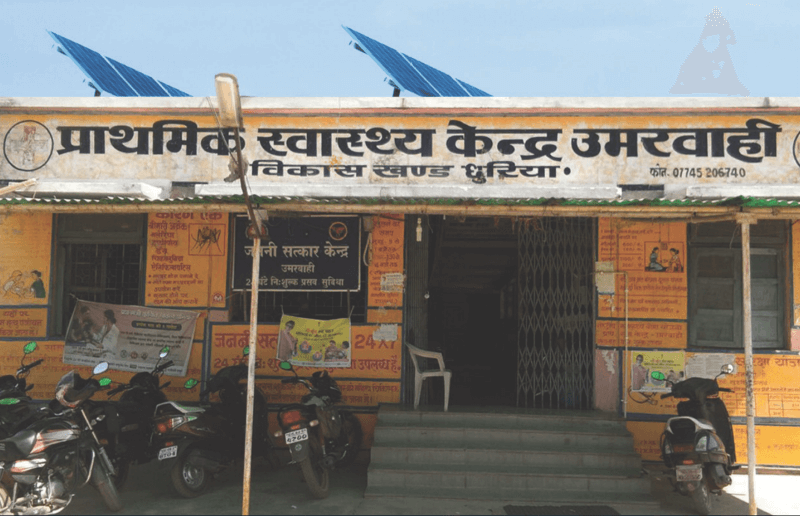India’s government has set 2022 as the target for providing 24x7 electricity to all of its people, including the roughly 300 million who lack any access to power. A lot of progress has been made, but a program associate at leading Indian policy research institute CEEW has outlined 5 concrete steps that should be taken to assure the ambitious goal is met.
- Legalize existing connections. In some states with high numbers of unelectrified (Madhya Pradesh, Jharkhand, Uttar Pradesh, and Odisha) higher reported electrification rates could partly be due to the presence of illegal connections. Legalizing these would help the government move closer to its target.
- Improve uptake of connections by addressing cashflow hurdles, awareness barriers, and supply challenges. High upfront costs are the major reason behind consumer disinterest in taking up an electricity connection. While below the poverty line (BPL) households already receive a free connection under the government program Deen Dayal Upadhyaya Gram Jyoti Yojana (DDUGJY), above the poverty line (APL) families could be given a low-cost equated monthly installment (EMI) based connection, a system that has been successfully implemented in Bihar state. Empowering and encouraging local authorities to organize awareness campaigns and enrollment camps is also essential for increasing uptake. Improving duration of supply and ensuring prompt troubleshooting of technical problems are equally important.
- Improve supply. In Bihar, Jharkhand and Uttar Pradesh, more than 1/3 of electrified households received less than four hours of supply during the day. Also, more than 1/3 of households experienced at least four days of voltage fluctuations in a month. State distribution companies (DISCOMs) need to better plan for their infrastructure, factoring in near-term increase in demand, strengthening maintenance, and improving supply.
- Explore innovative business models. Managing rural customers, particularly in remote areas, is a challenge. Maintenance and operations such as reading meters, generating bills, and collecting revenues are key concerns. DISCOMs could explore a franchisee model by collaborating with local mini-grid operators. A potential business model involves mini-grids importing grid electricity and supplementing with their own generation during times of peak demand. This kind of tail-end generation model would ensure improved electricity supply for the household, and enable DISCOMs to collect payments from a single entity.
- Cater to people’s aspirations. This will create a willingness to pay. In a favorable political atmosphere, if rural households were to be provided quality supply via prepaid metering, it could potentially nudge them to make timely payments. Uttar Pradesh and Haryana are considering procuring 5 million smart meters in a model resembling India’s successful LED program. Such advanced market commitments and large-scale procurement could drive down prices.
Read the original article, “Bringing 24x7 power to all by 2022”, by Sanchit Waray of CEEW India at The Hindu Business Line.
